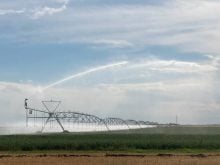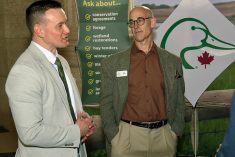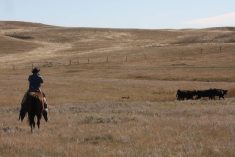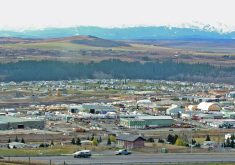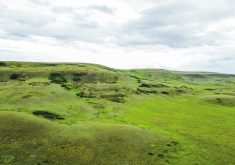Deadline for committee to complete public consultations on Alberta’s coal policy has now been extended to next month
Alberta country musicians ranging from Paul Brandt to Brett Kissel have joined forces to release a song underlining what they say is at stake if open-pit coal mines are allowed in the Eastern Slopes.
This is My Prairie highlights what song composer Corb Lund fears will be the impact on a region of the Rocky Mountains that is the source of rivers relied on by much of the prairie provinces.
Water contamination from substances such as selenium could potentially put at risk the livelihoods and health of thousands of people ranging from producers to residents of cities such as Lethbridge, he said.
Read Also
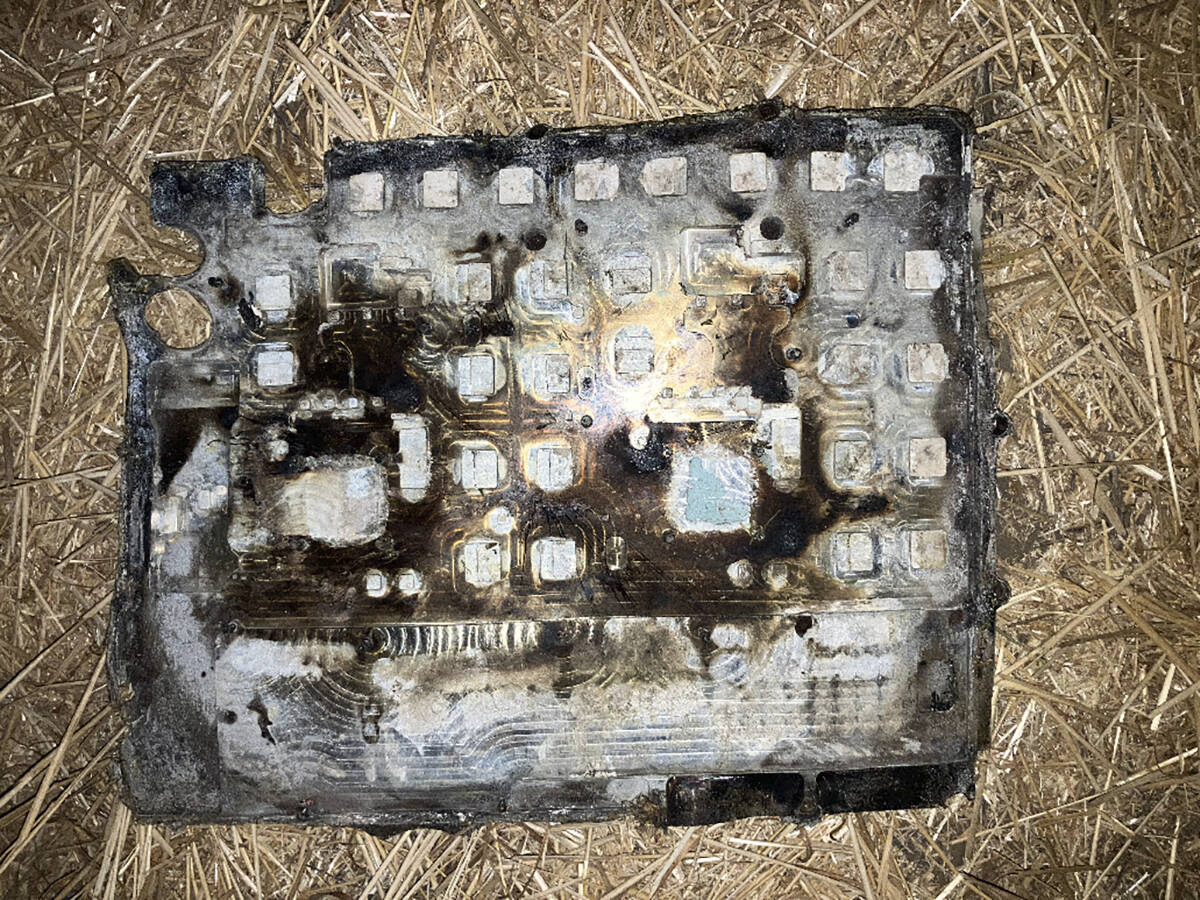
Farmers asked to keep an eye out for space junk
Farmers and landowners east of Saskatoon are asked to watch for possible debris in their fields after the re-entry of a satellite in late September.
“It’s to the advantage of the provincial government and coal companies to let things just kind of simmer down and stuff, and let people think that the issue has been resolved. But this (song) is a way of reminding people that the issue is very much not resolved until we get a coal policy that protects the water up there for everybody in the Rockies.”
Alberta Energy Minister Sonya Savage last year rescinded a provincial coal policy dating back to 1976, opening up much of the Eastern Slopes to potential open-pit coal mining. The decision sparked widespread public opposition, forcing Savage to reinstate the policy on Feb. 8.
An independent Coal Policy Committee was formed in March to gather public input for a new coal policy for Alberta.
Lund tweaked the lyrics of his song, which he first wrote about 12 years ago, to reflect he and his fellow musicians’ opposition to coal development in the Eastern Slopes area.
“I am proud to stand with Corb in doing what is right for the province of Alberta, for the land, for my children, and for each generation to come,” said Kissel in a written statement.
Besides Lund, Brandt and Kissel, This is My Prairie also features Terri Clark, along with Brandi Sidoryk and Katie Rox of the group Nice Horse.
It also includes Armond Duck Chief of the Siksika Nation, and Sherryl Sewepagaham, an Edmonton resident of Cree-Dene ancestry from the Little Red River Cree Nation. She sings one of the verses in Cree, urging people to respect the land.
The song will help raise money for the Pekisko Group and the Livingstone Landowners Group, which consist of ranchers in the Eastern Slopes who are fighting coal development.
Laura Laing of the Plateau Cattle Co. said open-pit coal mining involves intensive use of water. Such projects in the upper Oldman River system would hit producers in southwestern Alberta in an era when they are increasingly “experiencing an unprecedented drought and water scarcity.”
An agricultural state of emergency was declared in her area this summer. Laing and husband, John Smith, were only able to harvest about 185 bales of hay for feed, down from about 2,000 normally.
They were forced to sell part of their herd, setting back years of work building up the genetics of their cattle. Similar circumstances on top of the strain of trying to stop coal development have made her fear for the mental health of her fellow producers.
“We’re already in a three- to four-year soil moisture deficit and we are headed into another drought. If ever there’s been a magnifying glass on the importance of the (quality and) scarcity of water, it’s been this year.”
A YouTube video for This Is My Prairie was officially released on Oct. 20. Earlier in the week, it was revealed a report by the Coal Policy Committee will be completed by Nov. 15, not Oct. 15 as planned.
“The volume and quality of the input which the committee has received from Albertans was extraordinary…,” Savage said in an email. “To ensure the committee was able to give the input received by Albertans the attention it deserves, I granted the extension.”
Laing said the provincial government spent about five years in the 1970s conducting public consultations for the 1976 policy. She questioned how the current committee can gather input for a new policy in only a “matter of weeks.”
The committee is currently working on a Volume 1 report for Savage detailing public input, along with a Volume 2 report containing recommendations.
“We have about a month to bring everything to a close, and it’s going to be a challenge,” said committee chair Ron Wallace.
Despite support from communities such as those in the Crowsnest Pass that have historically been involved in coal mining, he said “it’s been very clear that there’s a very strong sentiment against open-pit mining in the Eastern Slopes in southern Alberta.”
Because the committee is not a regulatory body, its recommendations will not be binding on the provincial government, he added.
However, officials such as Savage know “we’ve spoken to an awful lot of people who are very concerned about this, so while it’s only policy advice, I think the government of Alberta is showing signs it’s prepared to take this advice very seriously.”
Laing and Smith have been trying for 16 months to obtain through the Freedom of Information and Protection of Privacy Act documents that may potentially detail why the 1976 policy was initially rescinded.
Laing suspects there was extensive lobbying of the provincial government by coal companies.
“We’ve only received 30 pages to date of what we are told are over 6,000 pages, and of those 30 pages, 90 percent of it is redacted.”






